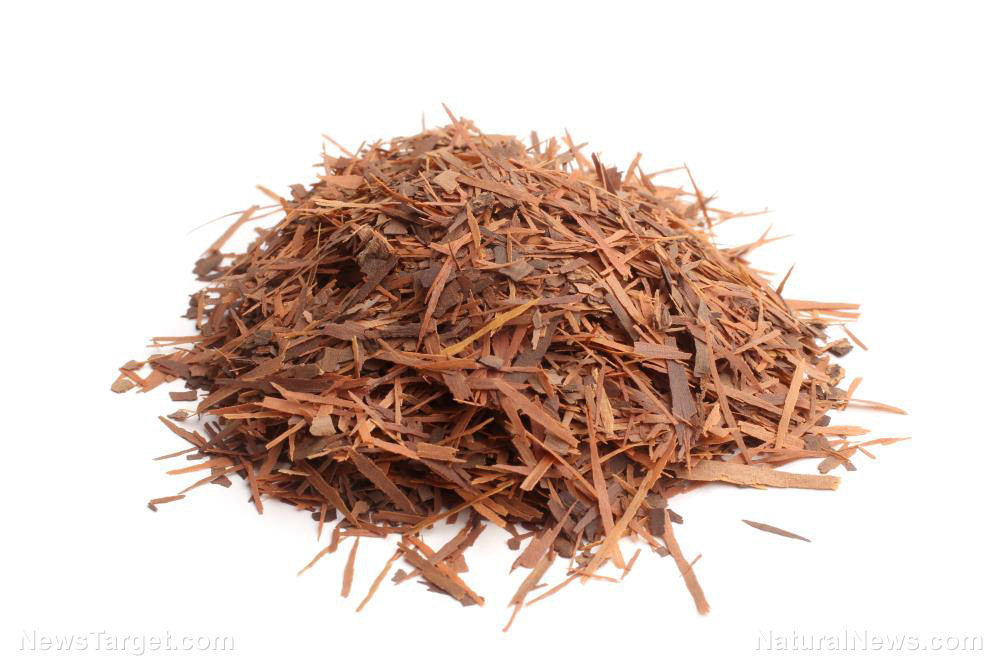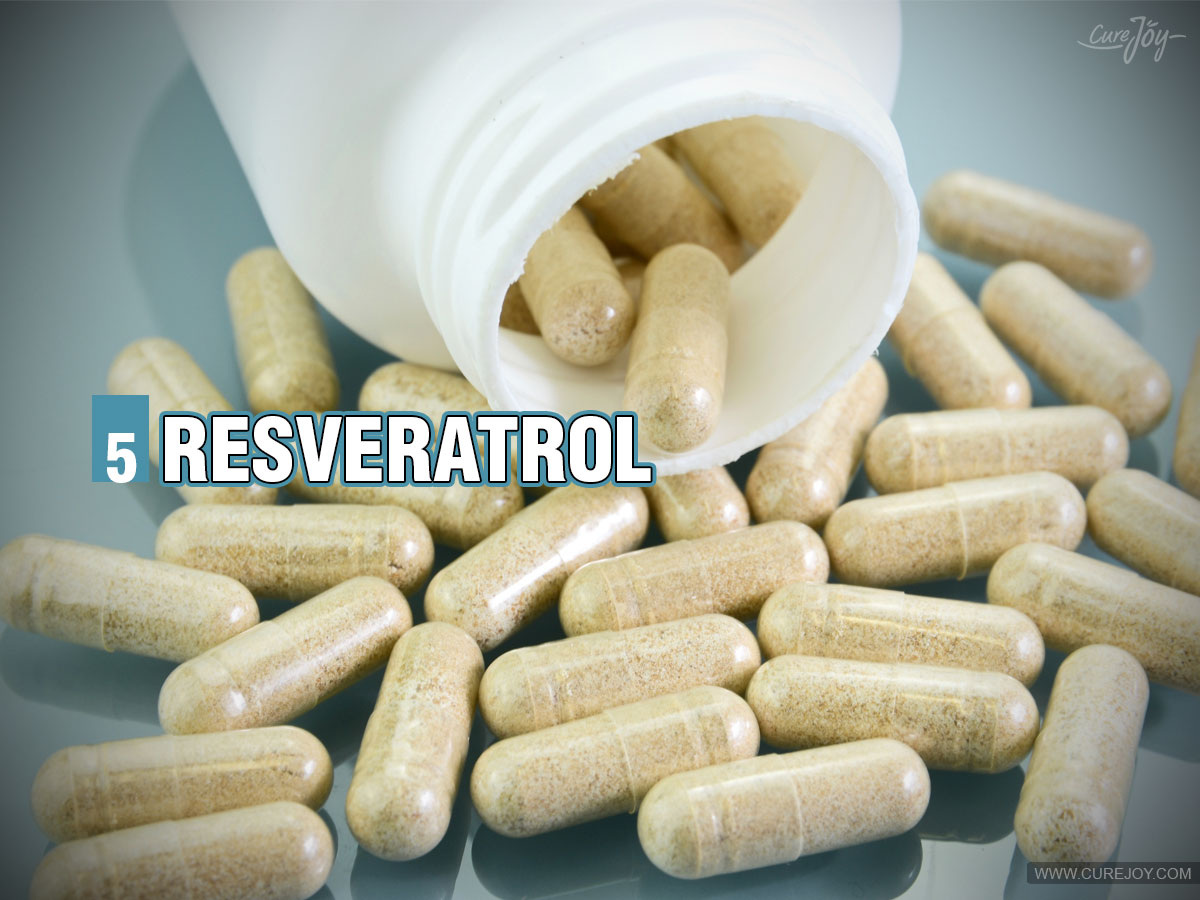
- Rice was domesticated over 9,000 years ago in China and spread globally, becoming a staple food for more than half of the world's population.
- Rice varieties differ in nutrition. For instance, white rice has lower fiber content and is often enriched, while brown rice has higher amounts of fiber, magnesium and antioxidants. Wild, black and red rice also contain more protein, fiber and antioxidants.
- Rice is gluten-free and some varieties are nutrient-rich while others have a high glycemic index (especially white rice) and may contain arsenic. Brown and pigmented varieties are healthier choices.
- Choosing organic rice helps reduce your pesticide exposure. Rinsing, cooking in excess water and diversifying grains can also lower your arsenic intake.
- Rice is central to many dishes worldwide, from sushi (Japan) and biryani (India) to jollof rice (West Africa) and paella (Spain).
Rice is one of the world's most consumed staple foods, nourishing billions of people daily. But beyond its role as a dietary cornerstone, rice has a fascinating history, diverse nutritional benefits and some important considerations regarding cultivation and contaminants.
Whether you enjoy consuming fragrant jasmine rice, hearty brown rice or quick-cooking basmati, understanding rice's impact on health and wellness is essential.
The origins of rice
Rice (Oryza sativa) is believed to have been domesticated over 9,000 years ago in the Yangtze River valley of China. Archaeological evidence suggests that rice cultivation spread across Asia, reaching India, Southeast Asia and eventually the Middle East and Europe. By the 15th century, Spanish and Portuguese explorers had introduced rice to the Americas, where it became a key crop in regions like the Carolinas.
Today, rice is grown on every continent except Antarctica, with China, India and Indonesia leading global production. Its adaptability to different climates, from flooded paddies to dry upland fields, has made it a vital food source for over half of the world's population.
Nutritional profile of rice
Rice is primarily a carbohydrate-rich grain, but its nutritional value varies depending on the type:
White rice
Milled and polished with its bran and germ removed, white rice is mostly starch. It is lower in fiber than other rice varieties and is often enriched with B vitamins (thiamine, niacin) and iron.
Brown rice
A whole grain containing the bran, germ and endosperm, brown rice offers more fiber, magnesium and antioxidants than white rice. (Related: Organic brown rice: One of the healthiest and most nutritious rice varieties.)
Wild rice
Technically a different species (Zizania latifolia), wild rice is higher in protein and fiber than traditional rice varieties.
Black and red rice
Pigmented rice varieties are rich in anthocyanins -- powerful antioxidants linked to heart health and anti-inflammatory effects.
Per one cup of cooked brown rice, you can get the following nutrients:
- 215 calories
- 45 grams (g) of carbohydrates
- 5 g of protein
- 3.5 g of fiber
- 88 percent of the DV for manganese, which supports healthy bones and metabolism
- 21 percent of the DV for magnesium, which is important for muscle and nerve function
- 27 percent of the DV for selenium, which supports thyroid and immune health
While unrefined rice varieties are not complete protein sources (i.e., they lack some essential amino acids), pairing them with beans, lentils or vegetables creates a balanced, nutrient-dense meal.
Choosing the healthiest varieties
Rice is generally considered to be a nutritious food, but there are ongoing debates regarding certain aspects of its consumption.
One key concern is its glycemic index (GI), as white rice -- the most commonly consumed variety -- has a relatively high GI of around 73, which may cause blood sugar spikes. In contrast, brown rice (with a GI of 68) and black rice (42) are better choices for blood sugar control due to their lower GI values.
Another issue is arsenic exposure, as rice tends to absorb more arsenic from soil and water compared to other grains. Long-term exposure to arsenic may pose significant health risks, so moderate consumption and thorough rinsing before cooking are recommended.
On the positive side, rice is naturally gluten-free, making it a safe option for individuals with celiac disease or gluten sensitivity. For most people, rice can be a healthy part of a balanced diet, particularly if the choice is organic whole-grain varieties like brown or black rice, which offer additional nutritional benefits.
Conventional rice farming frequently involves the use of pesticides such as chlorpyrifos, which is banned in some countries due to its potential to cause neurotoxicity, and glyphosate, which is commonly used in non-organic fields.
Additionally, rice has a tendency to accumulate heavy metals, particularly arsenic, as a result of soil and water contamination. Brown rice contains higher levels of arsenic than white rice because the outer layers retain more of these contaminants.
To minimize exposure, thoroughly rinse rice grains before cooking to remove surface contaminants and opt for organic rice to reduce your exposure to synthetic pesticides. Another effective method is to cook rice in excess water (similar to pasta), which helps reduce arsenic levels.
Delicious rice recipes to try
Rice's versatility makes it a star ingredient in countless cuisines:
Asian
- Sushi (Japan)
- Biryani (India)
- Fried rice (China)
- Kimchi bokkeumbap (Korea)
Latin American
- Arroz con Pollo (Peru)
- Gallo Pinto (Costa Rica)
- Paella (Spain)
Middle Eastern
- Mujadara (Lebanon)
- Tahdig (Iran)
African
- Jollof rice (West Africa)
- Pilau (East Africa)
American
- Dirty rice (Southern U.S.)
- Rice pudding (global dessert)
This story is not medical advice and is not intended to treat or cure any disease. Always consult with a qualified naturopathic physician for personalized advice about your specific health situation or concern.
Visit NaturalNews.com, a great article source where you can learn about superfoods and their health benefits.
You can also try Brighteon.ai, an AI model created by Mike Adams, also known as the Health Ranger. This model is available as a free download to be run locally and is designed to help share and decentralize knowledge. By doing so, it aims to bypass censorship and empower people with knowledge.
If you're looking for an uncensored video free speech website where you can openly discuss nutrition, natural medicine, ingredients and more, check out Brighteon.com and our two free speech social media sites, Brighteon.IO and Brighteon.social.
Watch the video below to learn why you should switch to organic brown rice.
This video is from the Health Ranger Store channel at Brighteon.com.
More related stories:
Food for thought: Brown rice reduces cognitive dysfunction linked to Alzheimer's.
Brown rice protein powder - Increase muscle mass and stabilize weight.
Brown rice and other whole grains can prevent Type 2 diabetes.
Sources include:
Please contact us for more information.






















